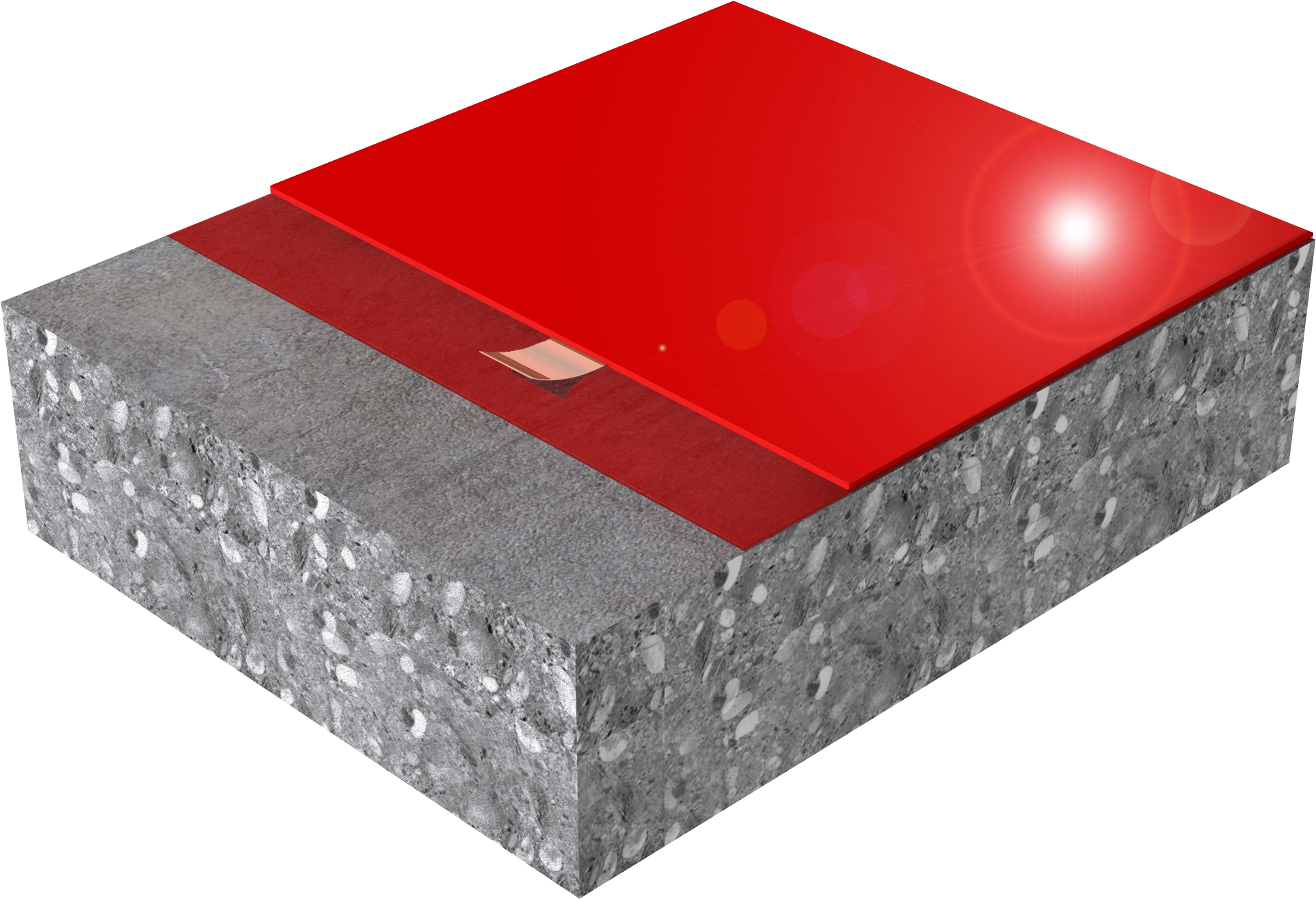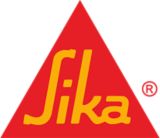Sikafloor® MultiDur ES-55 ESD
Smooth Epoxy ESD Flooring System
Sikafloor® MultiDur ES-55 ESD is a smooth finish, epoxy ESD Flooring System. The System is designed to dissipate electrostatic charges (ESD) and protect personnel and sensitive equipment in electrostatic protected areas (EPA).
- Low Airborne Molecular Contaminants (AMC) emissions.
- Good resistance to specific chemicals.
- Smooth gloss finish.
- Proven, effective technology.
- System is straightforward to install.
- Offers long-lasting protection.
- Aesthetically pleasing - available in numerous colours.
System Structure
1
Primer
2
Conductive primer
3
ESD base course
Usage
The System can be used in industrial buildings, such as:- Pharmaceutical establishments
- Giga factories
- Film studios
- Automotive facilities
- Computer manufacturing
- Electronic facilities and data centers
Advantages
- Low Airborne Molecular Contaminants (AMC) emissions.
- Good resistance to specific chemicals.
- Smooth gloss finish.
- Proven, effective technology.
- System is straightforward to install.
- Offers long-lasting protection.
- Aesthetically pleasing - available in numerous colours.
Colour
| Cured colour | Available in the approximate colours RAL 1014, RAL 6000, RAL 6010, RAL 6020, RAL 6021, RAL 6027, RAL 6034, RAL 7005, RAL 7011, RAL 7016, RAL 7032, RAL 7035, RAL 7038, RAL 7040, RAL 7047. |
Please contact Sika® Customer Services for information on availability.
Note: When the System is exposed to direct sunlight, there may be some discolouration and colour variation. This has no influence on the function and performance of the floor finish.
For colour matching: Apply colour sample and confirm selected colour under real lighting conditions.
System Details
APPROVALS / STANDARDS
- Approval for ESD protective products acc. IEC 61340-5-1, RISE Institute, No. ESD-20-0023.
- Insulation Resistance DIN VDE 0100-600, kiwa, Test Report No. P 12819-E.
- Fire Classification Report EN 13501-1, ofi, No. 2102463.
- Electrostatic properties ASTM F 150, KIWA, Report No. P 13238-1-E.
System Structure
Sikafloor® MultiDur ES-55 ESD (~0.7–2.0 mm)

Self smoothing / Resin Screed
| Layer | Product |
| 1. Primer or scratch coat | Sikafloor®-150 Sikafloor®-151 Sikafloor®-1590 |
| 2. Wearing layer / Wearing screed | Sikafloor®-2350 ESD filled with 20 % quartz sand 0.1–0.3 mm |
Composition
Epoxy
Nominal thickness
1.5 mm to 2.0 mm
Reaction to Fire
Class Bfl-s1
Chemical Resistance
Refer to the chemical resistance of Sikafloor®-2350 ESD.
Thermal Resistance
| Short-term, maximum 7 days | +60 °C |
IMPORTANT
No simultaneous mechanical and chemical strain
While the product is exposed to temperatures up to +60 °C, do not also subject it to chemical and/or mechanical strain, as it may cause damage to the product.
Electrostatic Behaviour
| Resistance to ground | RG < 109 Ω |
| Typical average resistance to ground | RG ≤ 106 Ω to 107 Ω |
| Body voltage generation | < 100 V |
| System Resistance (Person/Floor/Footwear) | < 109 Ω |
Note: Measurement results can be affected by ESD clothing, ambient conditions, measurement equipment, cleanliness of the floor and the test personnel.
IMPORTANT
ESD footwear requirements
The ESD shoes used in the EPA must have a resistance of < 5 MOhm according to IEC 61340-4-3 at climate class 1 (12 % relative humidity / +23 °C). In order to achieve charges of < 30 volts of human body charge during the walking test (at 12 % relative humidity / +23 °C), we recommend using the following ESD shoes: Weeger ESD clog, art. 48512-30, www.schuh-weeger.de.
ESD MEASUREMENT CONDITIONS AND SPECIFICATIONS
All measurement values for the System stated in the System Data Sheet (except those referring to proof statements) were measured using the following equipment and ambient conditions:
| Condition or Equipment | Specification |
| Size of ESD-footwear | 42 (EU) (UK: 8; US: 8.5) |
| Test person weight | 90 kg |
| Ambient conditions | +23 °C / 50 % |
| Measuring device for measuring resistance to ground | Metriso 2000 or 3000 (Warmbier) or comparable |
| Surface resistance probe | Carbon Rubber electrode. |
| Rubber pad hardness | Shore A 60 (±10) |
| Measuring device for measuring body voltage generation | Walking Test Kit WT 5000 (Warmbier) or comparable |
Application
Waiting Time / Overcoating
For the waiting time to overcoating of the primer, refer to the individual Product Data Sheet.
Consumption
Self smoothing / resin screed
| Layer | Product | Consumption |
| Primer or scratch coat | 1 × Sikafloor®-150 Sikafloor®-151 Sikafloor®-1590 | ~0.3 kg/m² to 0.5 kg/m² |
| Levelling (if required) | Sikafloor®-150 Sikafloor®-151 Sikafloor®-1590 | Refer to the individual Product Data Sheet |
| Earthing connection | Sika® Conductive Kit | 1 earthing point per ~200 m² to 300 m². Minimum 2 per room. |
| Wearing layer / Wearing screed | 1 × Sikafloor®-2350 ESD filled with 20 % quartz sand 0.1 to 0.3 mm | Maximum 1.5 to 2.5 kg/m² |
Note: With thinner layers, the chemical and mechanical resistance and the flow properties can be reduced.
APPLICATION
Installation of earthing points
Refer to Sika® Method Statement: Mixing and Application of Flooring Systems.
Number of earthing connections per room: Minimum of 2 earthing connections. The optimum number of earthing connections depends on the local conditions and must be specified on drawings or other contract documentation.
ESD conductivity measurements
Recommended number of conductivity measurements is specified in the following table:
| Ready Applied Area | Number of Measurements |
| < 10 m² | 6 |
| ≥ 10 m² and < 100 m² | 10 to 20 |
| ≥ 100 m² and < 1000 m² | 50 |
| ≥ 1000 m² and < 5000 m² | 100 |
If the measurements yield values that are outside of the agreed specification, follow these steps:
- Carry out one additional measurement within a radius of approximately 30 cm around the original measuring point.
If the value of the new measurement meets the agreed specification, the original measurement can be disregarded. If the value of the new measurement does not meet the agreed specification, you may repeat the measurement described above, until the fulfilment of the requirements have been verified. If the requirements cannot be verified, contact Sika® Technical Services.
IMPORTANT
Temporary heating
If temporary heating is required, do not use gas, oil, paraffin or other fossil fuel heaters. These produce large quantities of both carbon dioxide and water vapour, which may adversely affect the finish.
a) For heating, use only electric powered warm air blower systems.
IMPORTANT
Protecting the material after application
After application, protect the System from damp, condensation and direct water contact for at least 24 hours.
